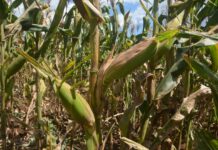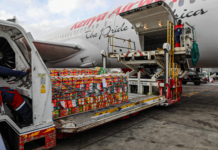From an Italian-Swiss start-up, XFarm, comes a new device for measuring the environmental sustainability of companies in the agri-food chain, from the fields to the processing industry. The new technology was presented at EIMA, the international exhibition of agricultural machinery currently taking place in the halls of BolognaFiere.
According to the latest FAO figures, the global agricultural and livestock sectors generated 9.3 billion tonnes of carbon dioxide emissions in 2018. Europe contributed 10% of these emissions. These numbers explain the attention paid by the Italian agri-food chain to reducing the environmental impact of the sector’s production, from farms to crop machinery manufacturers to the processing industry.
In the wake of the race to digitalisation for a 4.0 agriculture, a new tool has now been launched – for smartphones, tablets and personal computers – that allows companies to measure the environmental impact of their activities, to take action to improve performance, and to make comparisons between the various companies that make up the supply chain. “A tool designed to give companies in the sector the chance to intervene in the right place and at the right time with a view to sustainability,” explains Camilla Comaschi, Product & Sustainability manager at XFarm.
The company, which has two offices in Switzerland and Lombardy, presented the technological innovation at EIMA, the international exhibition of agricultural machinery that will end on Saturday 23 October at the Bologna exhibition centre, during a meeting promoted by Cia, the trade association for agricultural entrepreneurs. The tool responds not only to the need of companies to control their impact on the environment but also to the objective of raising awareness of all the links in the chain.
The assessment of C02 emissions is made with calculations that are not based on estimates but on primary data, and all the evidence obtained in this way is processed from an analytical point of view. The result is a detailed examination of the sustainability of each individual company and the underlying causes of harmful emissions into the atmosphere.
The tool shows the amount of greenhouse gases produced, potential soil acidification, eutrophication and net water consumption. In this way, for each individual activity, the entrepreneur can have an immediate feedback on the impact of the various production phases and an annual report on the improvement of the measures taken to reduce polluting emissions.








